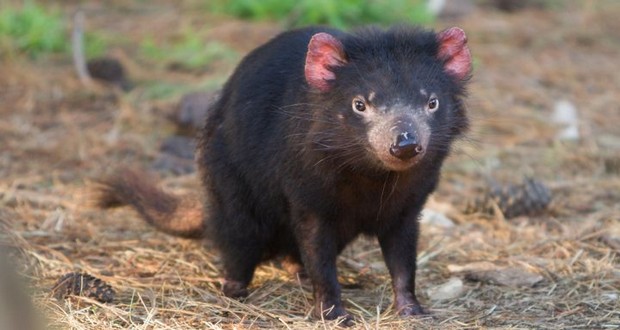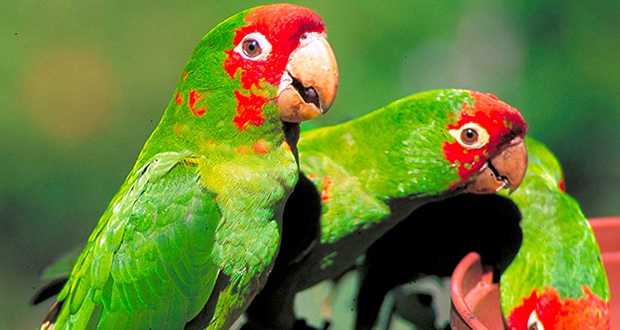41Olinguito

The olinguito is a mammal of the raccoon family Procyonidae that lives in montane forests in the Andes of western Colombia and Ecuador. The species was described as new in 2013. Its average weight is 900 grams (2 lb), making it the smallest procyonid.
42Oncillas

The oncillas (Leopardus tigrinus) produce 1 to 3 kittens (usually only one), after a gestation of 74 to 76 days. The kittens do not begin to take solid food until they are 38 to 56 days old.
43Male great bowerbirds

Male great bowerbirds create forced perspective illusions that only female bowerbirds can see. He creates an entrance leading to the bower 'courtyard' lined with objects such as pebbles and shells and arranges them small to large so that he appears larger when performing his courtship display.
44Costa Rican water anole

The Costa Rican water anole (Anolis aquaticus) dives into streams and rivers to escape from predators and to feed on aquatic insects. It can stay underwater for at least 16 minutes, by exhaling and rebreathing a bubble of air that clings to the lizard's skin.
45Tasmanian Devil

The Purina or Tasmanian Devil is an endangered marsupial known for its shrill screams. They are endangered due to contagious cancer and hit and runs. To help save them in certain mainland ecosystems, experts have suggested reintroducing them back to mainland Australia.
46Wild parrots

Wild parrots in India like to raid poppy fields to get high on opium.
47Encyosaccus sexmaculatus

Encyosaccus sexmaculatus is the only known species of the genus Encyosaccus. It is found in Colombia, Ecuador, Peru, and Brazil and it's also known as orange tortoise spider. Its bright orange coloration suggests that it might be poisonous.
Latest FactRepublic Video:
15 Most Controversial & Costly Blunders in History
48Pygmy anteaters

Silky or pygmy anteaters usually dwell in silk cotton trees (genus Ceiba). Because of its resemblance to the seed pod fibers of these trees, they can use the trees as camouflage.
49Saiga Antelopes

Saiga Antelopes almost always give birth to twins. This is so that the herd can quickly repopulate while the grass is abundant. They were even around during the time of Sabertooth Tigers and Wooly Mammoths, but now they are facing extinction.
50Horned screamers

Horned screamers are the "unicorns" of birds, having a unique spiny structure projecting from their skulls.



